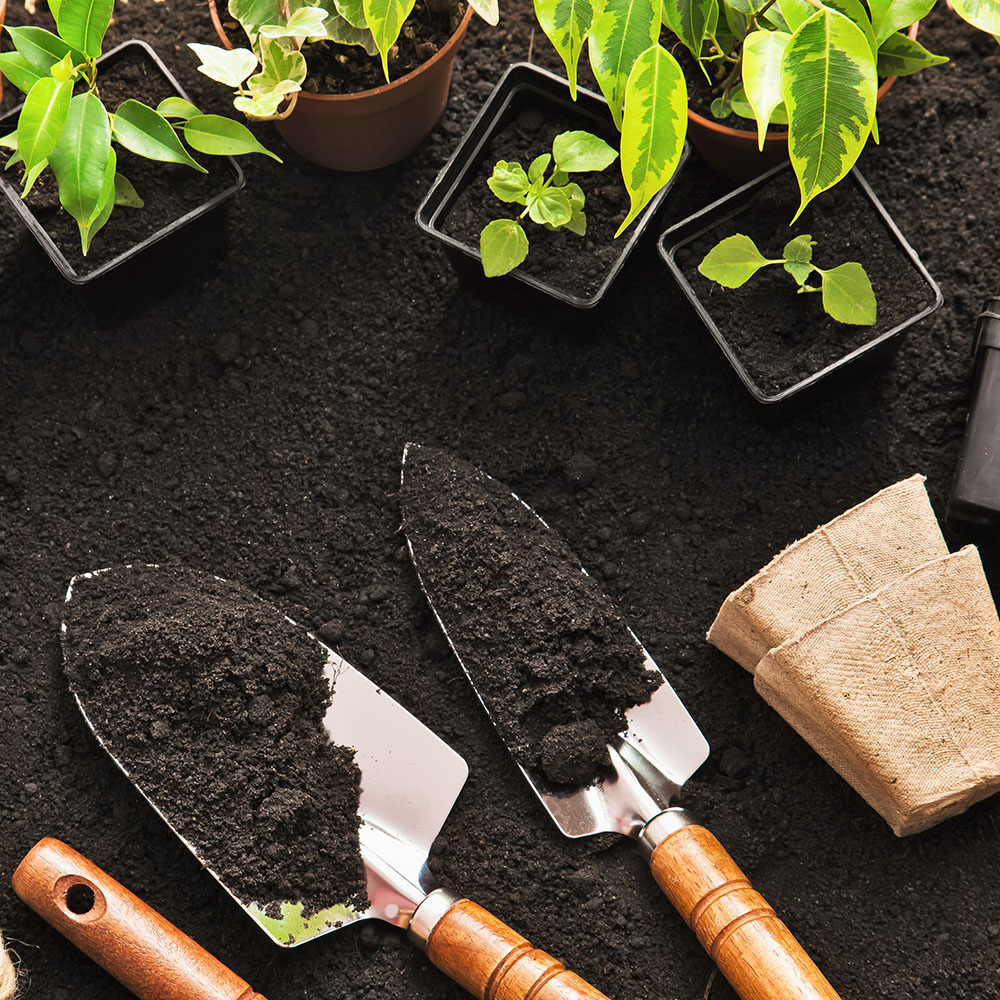
Do you dream of a lush, flowering garden… but you’ve been cursed by a black thumb? Don’t worry; no one is permanently “cursed” this way! There’s nothing about you that actually causes flowers to wilt in your mere presence. Gardening is a skill that you can learn. Follow these steps to turn your black thumb green, and you can accomplish the garden of your dreams more quickly than you think!
Do your research. You know those little tags that are sometimes included with plants? You’d be surprised at how many people don’t read them! While they don’t tell you everything you need to know, the basic information included on these cards can help ward off most common problems. Check out the plant’s sunlight needs, and make sure it matches the area of your yard where you plan to place it. Also, consider the size of the fully-matured plant, and its needs relating to soil, fertilizer, and water. Ask yourself if you’re able to provide the right environment for this particular plant. Ask the people in our nursery for information about each plant that you’re purchasing.
Start small. Think of gardening as you would any other endeavor: You aren’t going to build Rome in a day. Choose a small spot in your yard for your first garden. A decorative accent around your mailbox, window boxes, or the area around your front porch are good choices. Once you’ve mastered a small garden space, you will feel confident enough to branch out into more ambitious projects.
Get a professionally installed irrigation system. If you’re worried about providing your yard with the correct amount of water (and preventing waste from runoff), you will need to invest in a good drip-irrigation system. We can show you how to program it to suit your needs, and then you never have to worry about watering your garden! You do, of course, need to check the hoses and connections periodically and monitor overall plant health to ensure you are watering well.
Make a schedule. Along with a small amount of daily maintenance, such as watering, your garden should be checked regularly for signs of a disease. Once a month, pruning or fertilizing will also be needed, and each plant’s needs can vary. As you make additions to your garden, add these items to your calendar so that you don’t forget.
Avoid high-maintenance plants. Lovely as they might be, high-maintenance plants will prove to be a nightmare for an inexperienced gardener. You don’t have to cross these off your list entirely; just think of them as a long-term goal to address when you’ve mastered your current landscaping.
Choose hardy, low-maintenance plants at first. Set yourself up for success by choosing plants that aren’t too needy, resist common diseases, and don’t require overly careful pruning. Stop by our nursery, and we can help you sort through your options.
Most of all, don’t give up! Gardening is a fun and relaxing hobby (no really, it is!) so hang in there as you learn the in’s and out’s to the process.

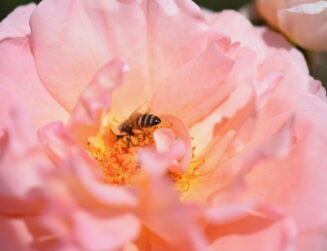
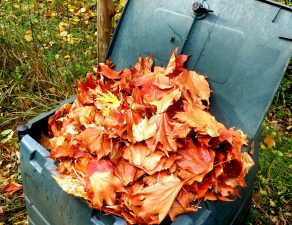


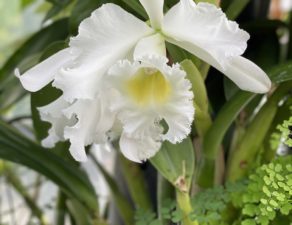
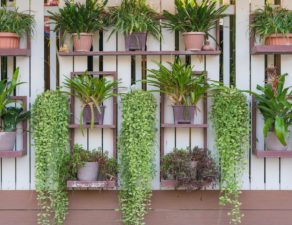
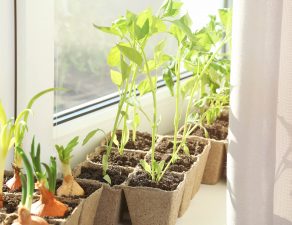
Write a comment: